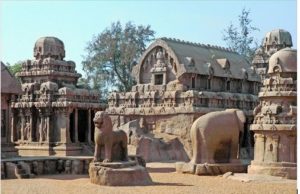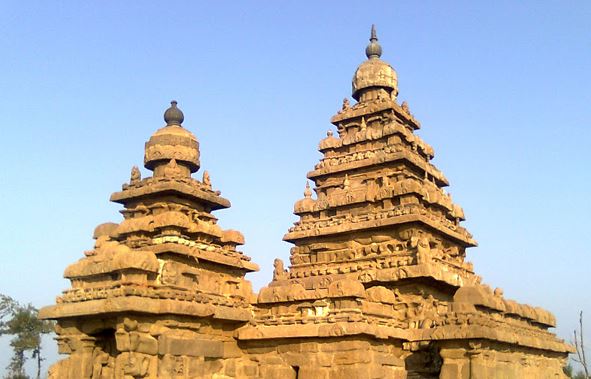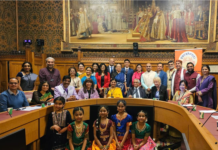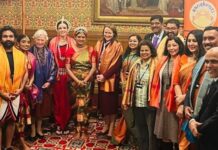Mahabalipuram, or Mamallapuram, 56 km south of Chennai on the Tamil Nadu coast, where Prime Minister Narendra Modi will meet China’s President Xi Jinping on October 11 & 12 in an informal Wuhan-style summit, had ancient links with Buddhism and China through the maritime outreach of the Pallava dynasty.
The setting speaks to several contemporary themes in India-China relations — and of contacts, both continuous and changing, across space and time. While the powerful symbolism of Mahabalipuram will likely not succeed in influencing China’s hard-nosed assertion over J&K and other issues with India, the remarkable historical significance of the venue bears underlining.
When the Pallavas ruled. The name Mamallapuram derives from Mamallan, or “great warrior”, a title by which the Pallava King Narasimhavarman I (630-668 AD) was known. It was during his reign that Hiuen Tsang, the Chinese Buddhist monk-traveller, visited the Pallava capital at Kanchipuram.

Narasimhavarman II (c.700-728 AD), also known as Rajasimhan, built on the work of earlier Pallava kings to consolidate maritime mercantile links with southeast Asia.
Most interestingly, as historian Tansen Sen recorded in his 2003 work Buddhism, Diplomacy and Trade: The Realignment of Sino-Indian Relations, 600-1400, Narasimhavarman II sent a mission to the Tang court in 720 with a request that would seem unusual in the context of India-China relations today.
The emissaries of the Pallava king sought the permission of Emperor Xuangzong to fight back Arab and Tibetan intrusions in South Asia. And, “Pleased with the Indian king’s offer to form a coalition against the Arabs and Tibetans, the Chinese emperor bestowed the title of ‘huaide jun’ (the Army that Cherishes Virtue) to Narayansimha II’s troops”, Sen wrote. The offer of help by the Pallava ruler, Sen noted, may have had more to do with furthering trade and for the prestige of association with the Chinese emperor, rather than any real prospect of helping him to fight off enemies in the faraway north.
The Descent of the Ganga/Arjuna’s Penance, a rock carving commissioned by Narasimhavarman I, with its depiction of the Bhagirathi flowing from the Himalayas, may serve as a reminder of the geography of India-China relations, and their shared resources.
Tamil-Chinese links continued after the Pallavas, flourishing under the Cholas as the Coromandel coast became the entrepot between China and the Middle East. The links extended to a wider area beyond Mahabalipuram, through a layered history that has left a rich tapestry of society, culture, art and architecture, which is diverse and complex, and reaches up to modern times.
If he looks south from the platform of the 7th century Shore Temple, President Xi might be able to spot a key symbol of 20th century — the white domes of the Madras Atomic Power Station at Kalpakkam, 15 km down the coastline. MAPS, built in the 1980s, is India’s first indigenously constructed power station.
India’s secularism and diversity would not be on the agenda of the two leaders — however, their meeting ground is in a part of the country where this ethos is a lived reality. Hindu- and Muslim-majority villages alternate along that coast, each community having lived next to the other for centuries.
Source:Nirupama Subramanian;IE

Readers like you, make ESHADOOT work possible. We need your support to deliver quality and positive news about India and Indian diaspora - and to keep it open for everyone. Your support is essential to continue our efforts. Every contribution, however big or small, is so valuable for our future.












Top leaders of India and China meeting is a step towards the right direction. But it must be remembered that china has to play a constructive role to create the confidence in the minds of Indians. Culture is very similar so they can be good friends.
Another interesting historic and apt story Eshadoot brought to us and thanks. In the current world political climate one wonders why one the giants of the East who have such cultural connection would wye for world dominanace. China, instead of extending their hunger to territorial gains into their land neighbours should co-operate in economic well-being of each populous country. Modiiji has selected an appropriate locaiton for the meeting and hopefully the discussions should concentrate on security, threat from Pak sponsored terrorism and use of alterative energey